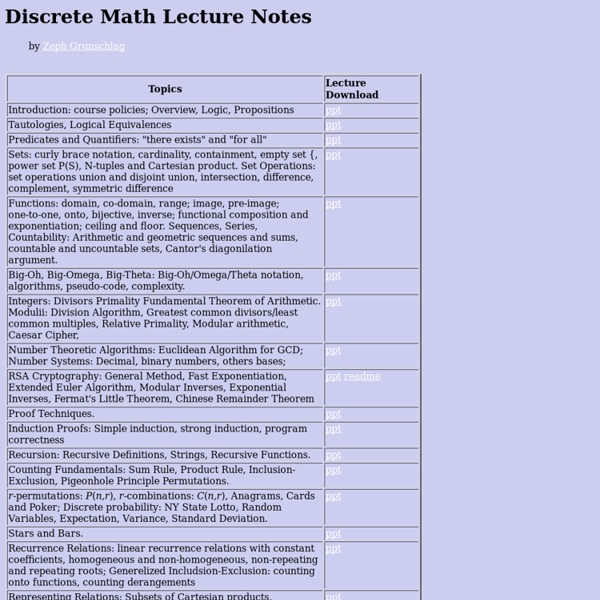Zoom
Trash
Related: docs maths
- Math Help for Parents And Their Kids
- Pauls Online Math Notes
- MathOverflow
- Cool Math Games - Free Online Math Games, Cool Puzzles, and More
- Pi Day · Celebrate Mathematics on March 14th
- Math Cats -- fun math for kids
- Hilbert space - Wikipedia, the free encyclopedia
- Calculation Nation® - Challenge others. Challenge yourself.®
- Mathalicious
- Count On
- Monte Carlo method - Wikipedia, the free encyclopedia
- The Prime Pages (prime number research, records and resources)
- Math Goodies
- Patterns of Math - Visual Guide to the Mandelbrot Set
- Home - Conceptua Math
- Holographic principle - Wikipedia, the free encyclopedia
- AAA Math
- Mathematics Stack Exchange
- The Story of Mathematics - A History of Mathematical Thought from Ancient Times to the Modern Day
- Sumerian/Babylonian Mathematics
- Sumdog - Engaging evidence-based learning
- Derivative - Wikipedia, the free encyclopedia
- Sacred geometry - Wikipedia, the free encyclopedia
- Odd Line: 9 Mental Math Tricks
- The Fibonacci Numbers and Golden section in Nature - 1
- Mandelbrot set - Wikipedia, the free encyclopedia
- The Math Forum - Ask Dr. Math
- Euler's formula - Wikipedia, the free encyclopedia
- The On-Line Encyclopedia of Integer Sequences® (OEIS®)
- Math2.org
- Teacher Home Page - FUSE - Department of Education & Training
- Conrad Wolfram: Teaching kids real math with computers | Video on TED.com
- How do japanese multiply?? - YouTube
- Minkowski space - Wikipedia, the free encyclopedia
- Fibonacci Numbers, the Golden section and the Golden String
- ictgames | educational games for Infant and Junior school children
- Printable Mazes for Kids
- ProofWiki


